| |

Vlatko
Ceric
http://www.vceric.net
www.efzg.hr/vceric
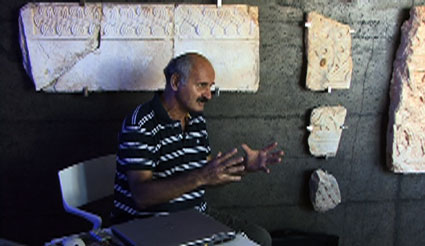
Born
in Zagreb, Croatia, in 1945. Majored physics but gradually got involved
in computing, and particularly in computer modelling and simulation.
He is Professor of informatics at the Faculty of Economics &
Business, University of Zagreb.
He started working with computer generated graphics in mid 1970ties,
and more intensively from early 2002. He had a first exhibition
in late 2005, and after that his works were accepted on a number
of international graphic art and computer art exhibitions in Poland,
Spain, Russia, Croatia, Bulgaria, Island, Canada, United States,
Mexico and Australia. His works are in several collections, as well
as in online art bases. He gave several invited lectures on algorithmic
art, and published a paper on Legitimacy of Algorithmic Graphic
Art in the Grafika journal. From 2007 his works are represented
by two New York City galleries: Rhonda Schaller Studio gallery,
and Agora Gallery.
His work belongs to computer generated abstract art or more specifically
to algorithmic art where images are generated using algorithms.
Algorithms are precise procedures coded in some programming language
that describe how an image will look like and how it is to be generated.
He creates his own software that transforms his ideas into images,
and also works with digital manipulation of photographs using algorithmic
manipulation of pixels within a photograph.

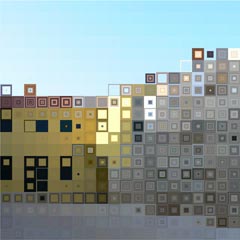
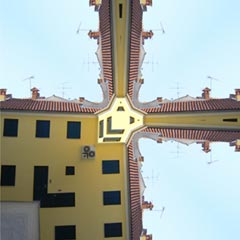
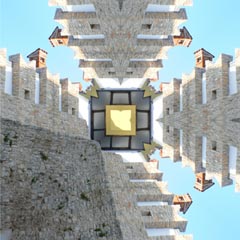
"Novigrad
permutation no. 1, 2, 3, 4"
Abstract:
"Algorithmic manipulation of photographs"
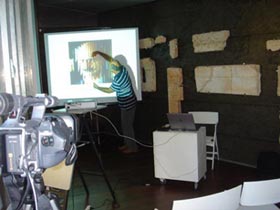
In classic
algorithmic art images are generated using algorithms, i.e. precise
procedures coded in some programming language. However, algorithmic
approach can be applied also to manipulation and transformation
of photographs. When transformation of photographs is reduced to
progressive simplification of original photo this process essentially
represents the classical abstraction process. The only difference
is that artist is not looking to some form in nature, but is rather
using the precise image of this form. And this image, the photo,
can be described as a matrix of pixels. And of course, abstraction
is not done intuitively but rather using powerful mathematical and
computational processes that are executed on a computer.
My interest in algorithmic manipulation of photographs arose because
of the enormous richness of colour spectrum and structures of the
world surrounding us, richness that surpasses virtually anything
that can be created artificially. And as a consequence, the images
obtained in such a way have the potential to be quite complex, interesting
and often intriguing.
Besides that, this approach enables us to see the forms we are very
familiar with transformed in a way that was never before possible,
due to the fact that the very same pixels that form the image are
transformed or regrouped in unexpected ways. We are thus discovering
something completely new in something that was well known, and this
may be quite unexpected and exciting. Besides, we realize the phenomenon
that algorithmic transformations can lead to a virtually continuous
transition from figurative expression given in the photograph to
a completely abstract image. What remains almost unchanged from
the original photo is the color palette and color distribution over
the area of the image.
The lecture will briefly discuss the technical aspects of algorithmic
manipulation of photographs.
It will then demonstrate this approach to the mixture of old and
new architecture in Novigrad. This will possibly give some fresh
material for discussion about the key topic of Media-Scape 2007;
besides, it will without any doubt give new and relevant materials
for the basic and long range Media-Scape topic of “per (mutations)”!

|